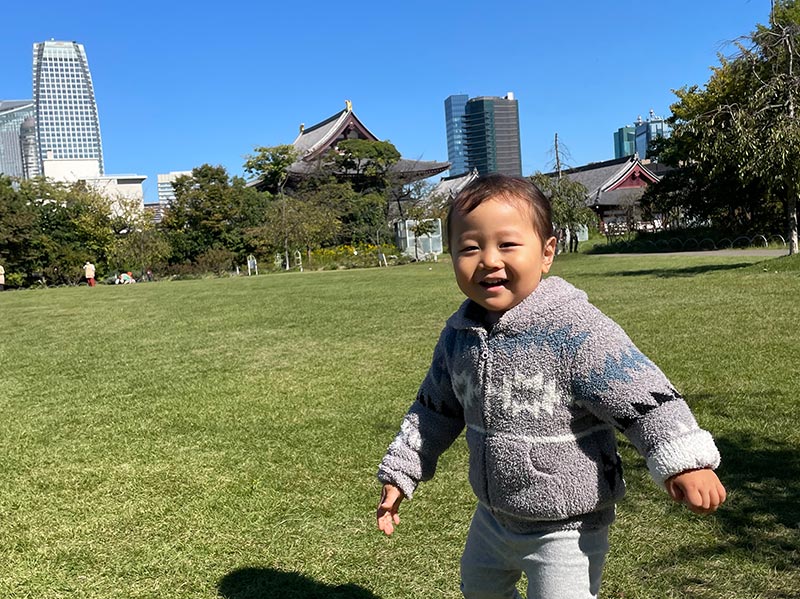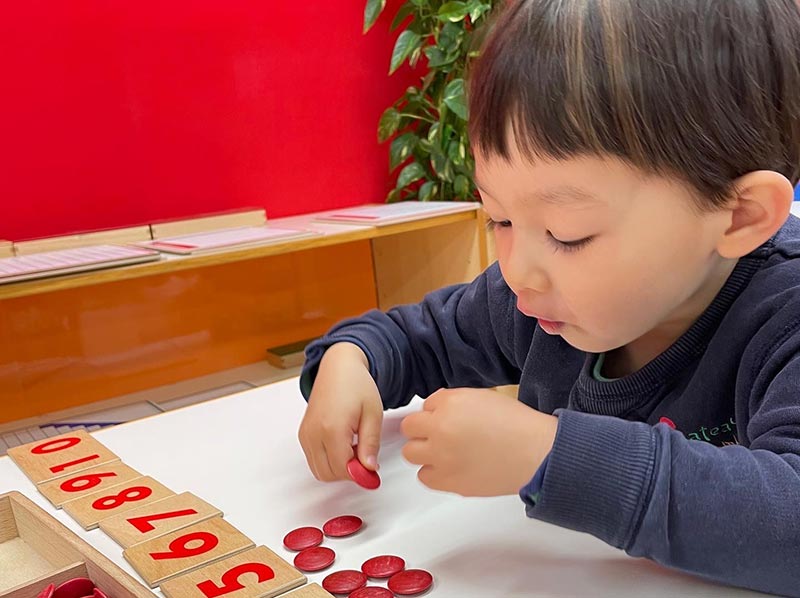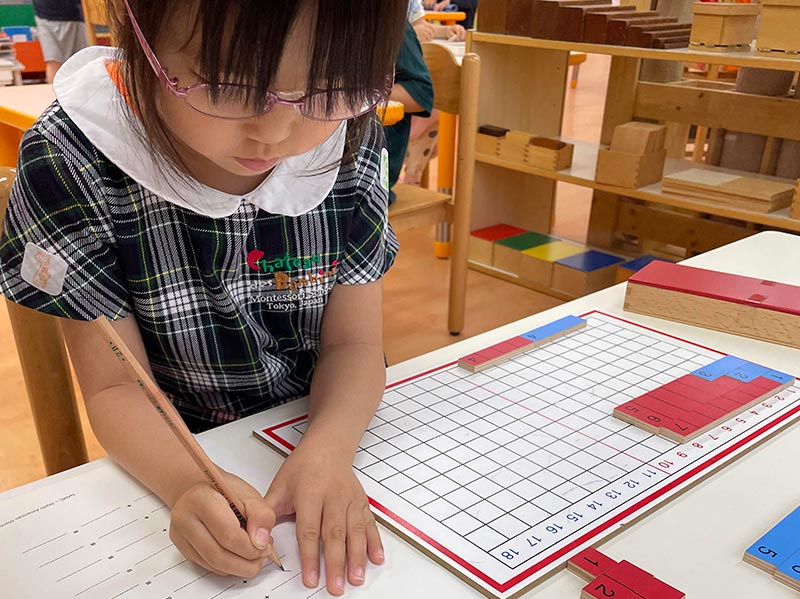A Montessori education located in the heart of Tokyo in the iconic Tokyo Tower.
For over 30 years our school has served students who later attend schools abroad, international schools in Japan, and private/national Japanese schools.
Founded in
Nearly 3,000 graduates with a close-knit alumni community.
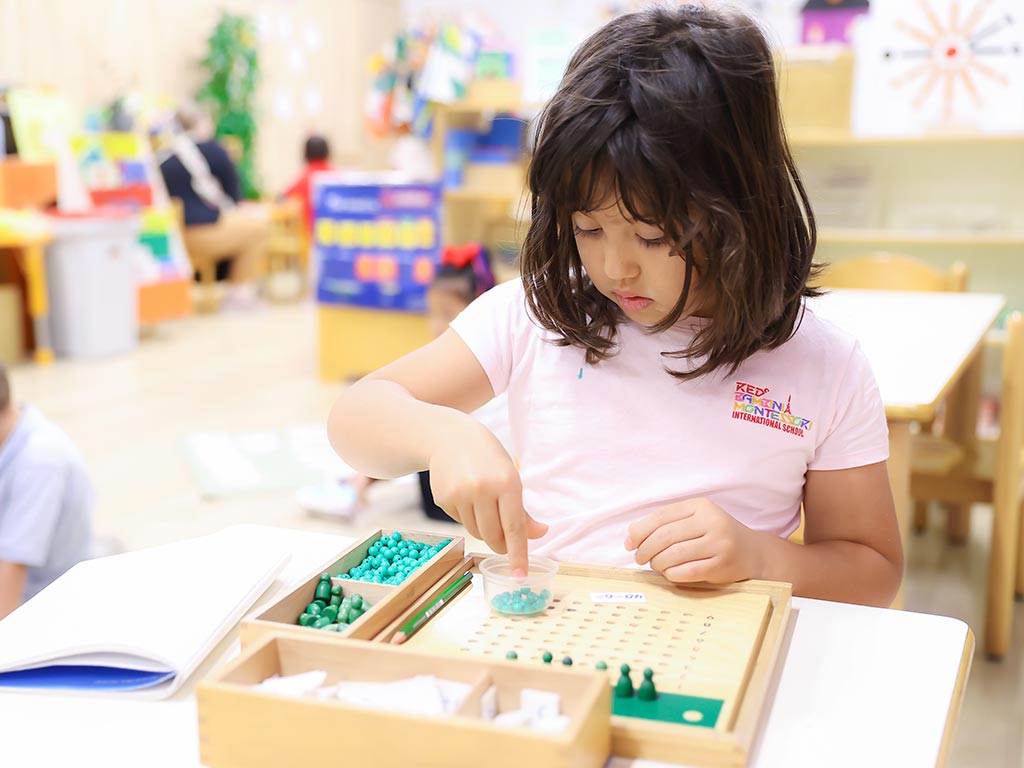
After-school activities taught by experts. Graduates and outside students are also welcome.
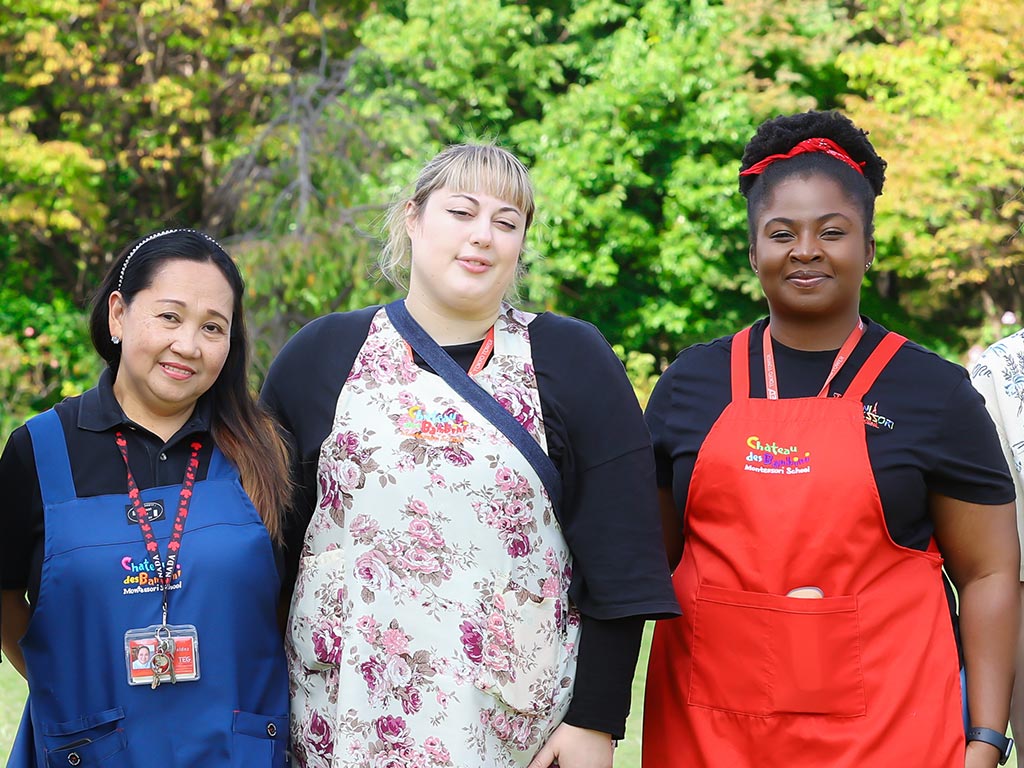
Our teachers with diverse backgrounds who are dedicated to Montessori. All teachers are Montessori certified. Ranging from AMI, AMS etc.
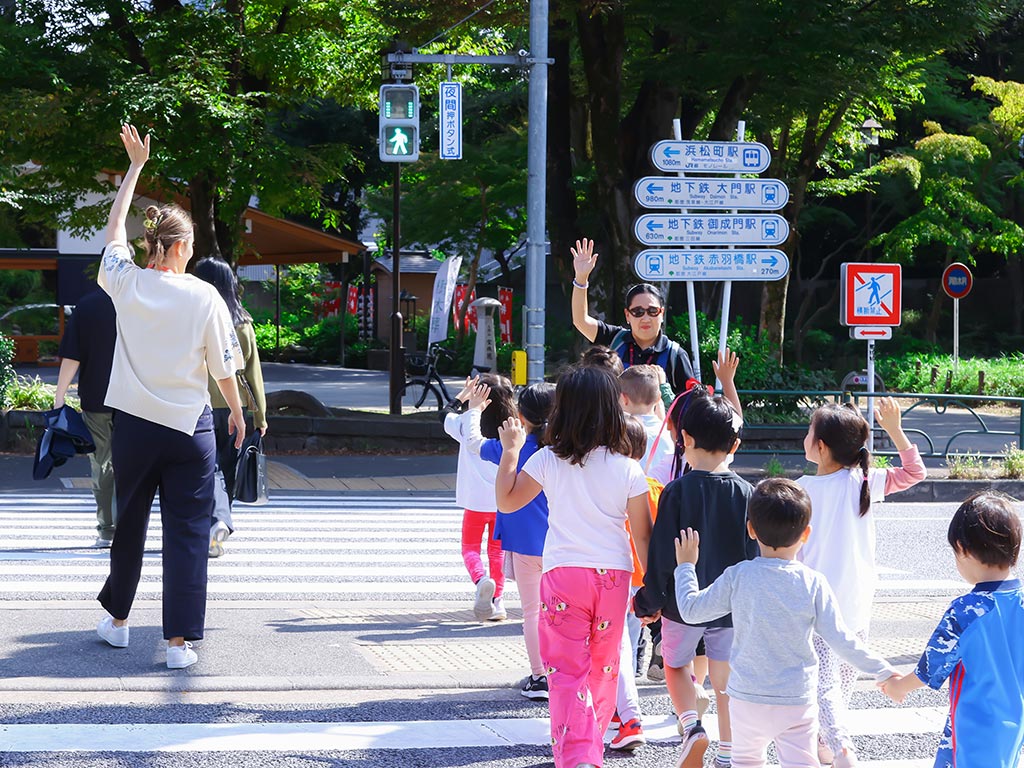
We support working parents. Our hours are from 9:00am-6:00pm with early and late pickup from 8:00am and until 7:00pm.
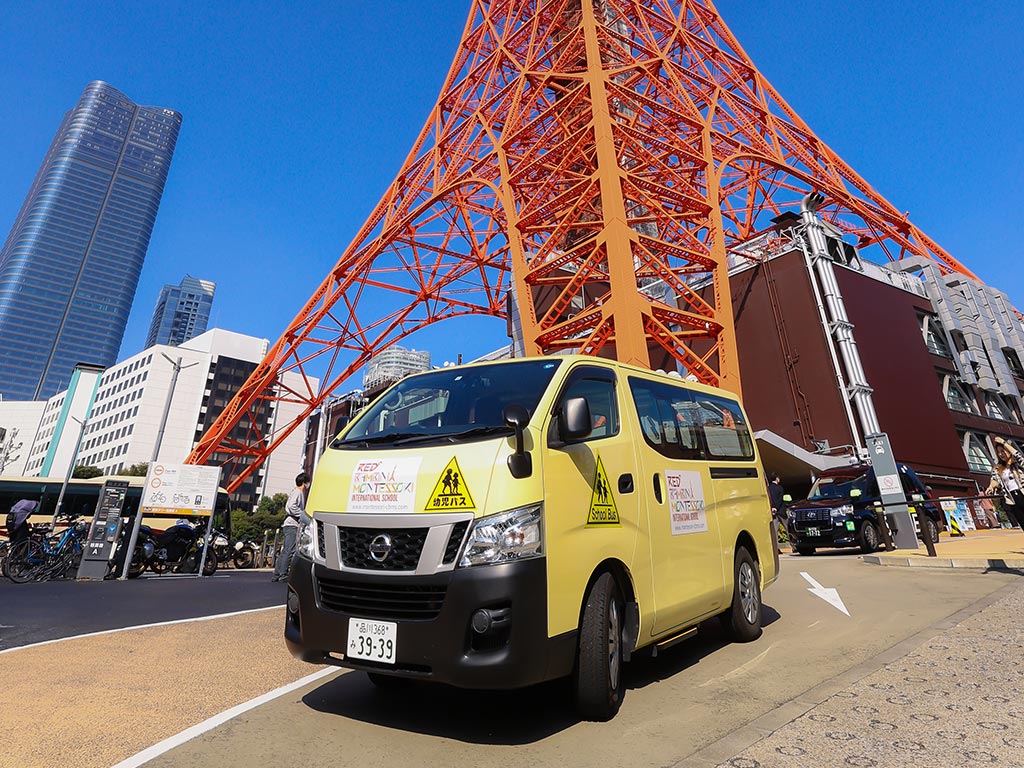
School bus available, one-way or round-trip!
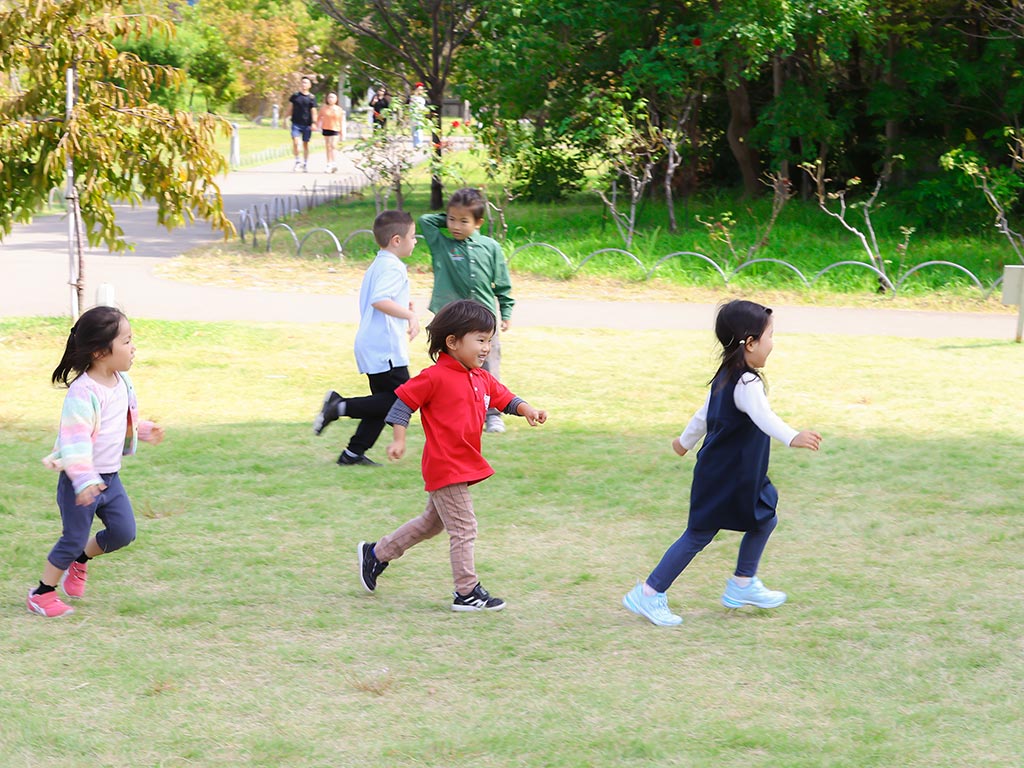
Surrounded by nature and large parks.
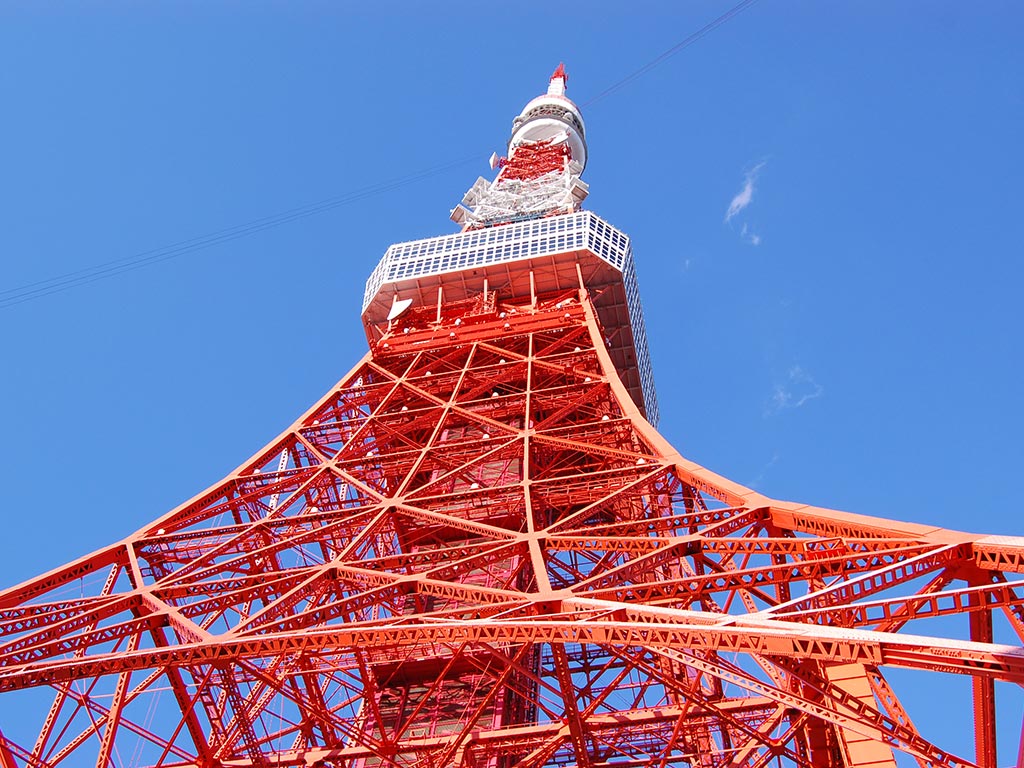
Fully equipped and prepared for emergencies and natural disasters.
Our Specialty
Internationally recognized
Countless Montessori-educated individuals have made an impact on the world. From Jeff Bezos, Larry Page & Sergei Brin (founders of Google), Prince William, Prince Harry, Thomas Edison, George Clooney, Yo Yo Ma, Fuji Sota, and many more.
Maria Valdez (Principal)
Diversity, collaborative learning, and freedom for a child to question, think critically, and express themselves confidently. Principles and unique educational materials developed by Dr. Maria Montessori are designed to stimulate interest and focus on a child’s talents and abilities.
Student Statistics
Percentage of students coming from
In our 30 years in Japan, we have had students from 40 different countries. Europe: 35%, North America: 20%, South America: 5%, Africa: 5%, Middle East: 5%, Asia: 30%
Percentage of parents who speak English
We ask that at least one parent can communicate in English. Therefore, all parents (guardians) of students attending the school must be able to speak English.
Five Curriculum
4 main areas in Montessori: Language, Mathematics, Sensorial, and Practical Life. With a subcategory of science and culture.
Language
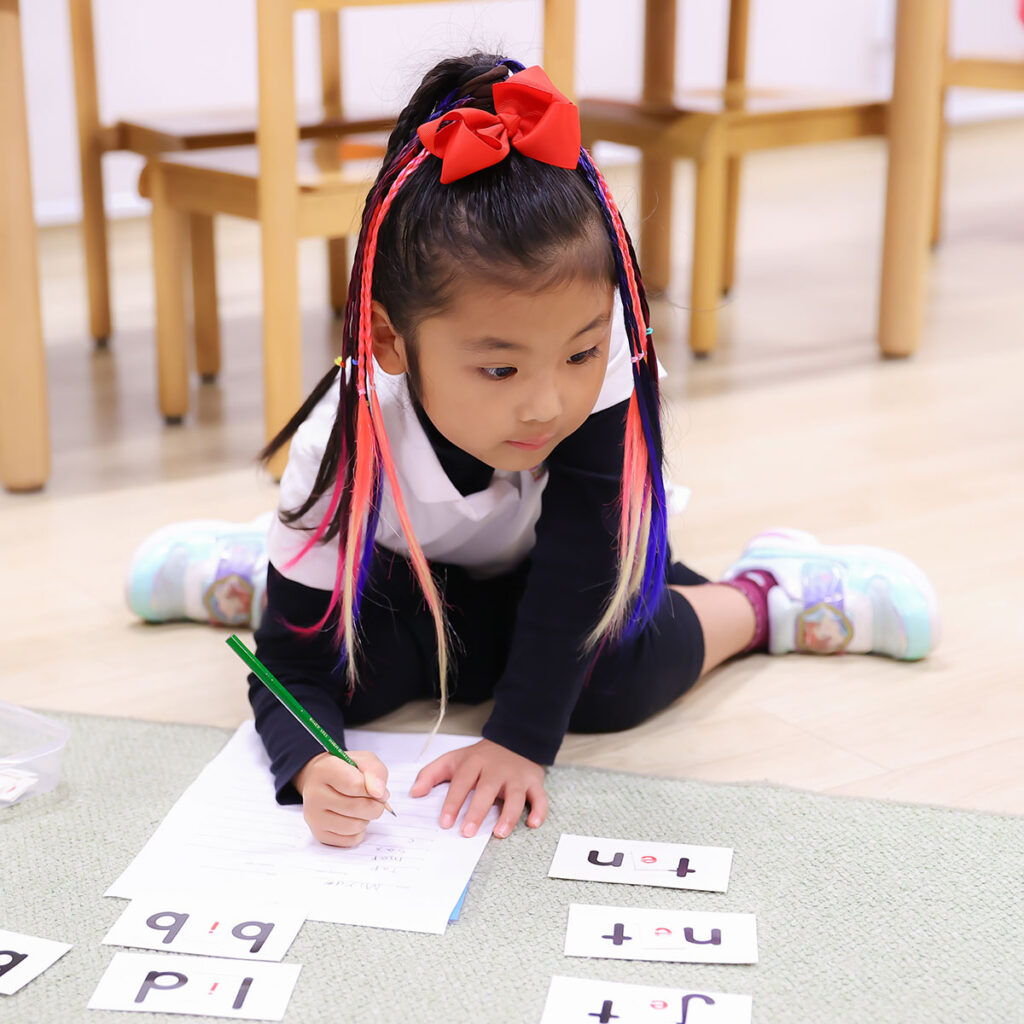
In the language area, children are enriched in an environment that exposes them to many words, conversations, forms of poetry, and multi-cultural literature. Letters of the alphabet are introduced phonetically, which helps lead the child in word building, sentence structures, reading, and writing.
Mathematics
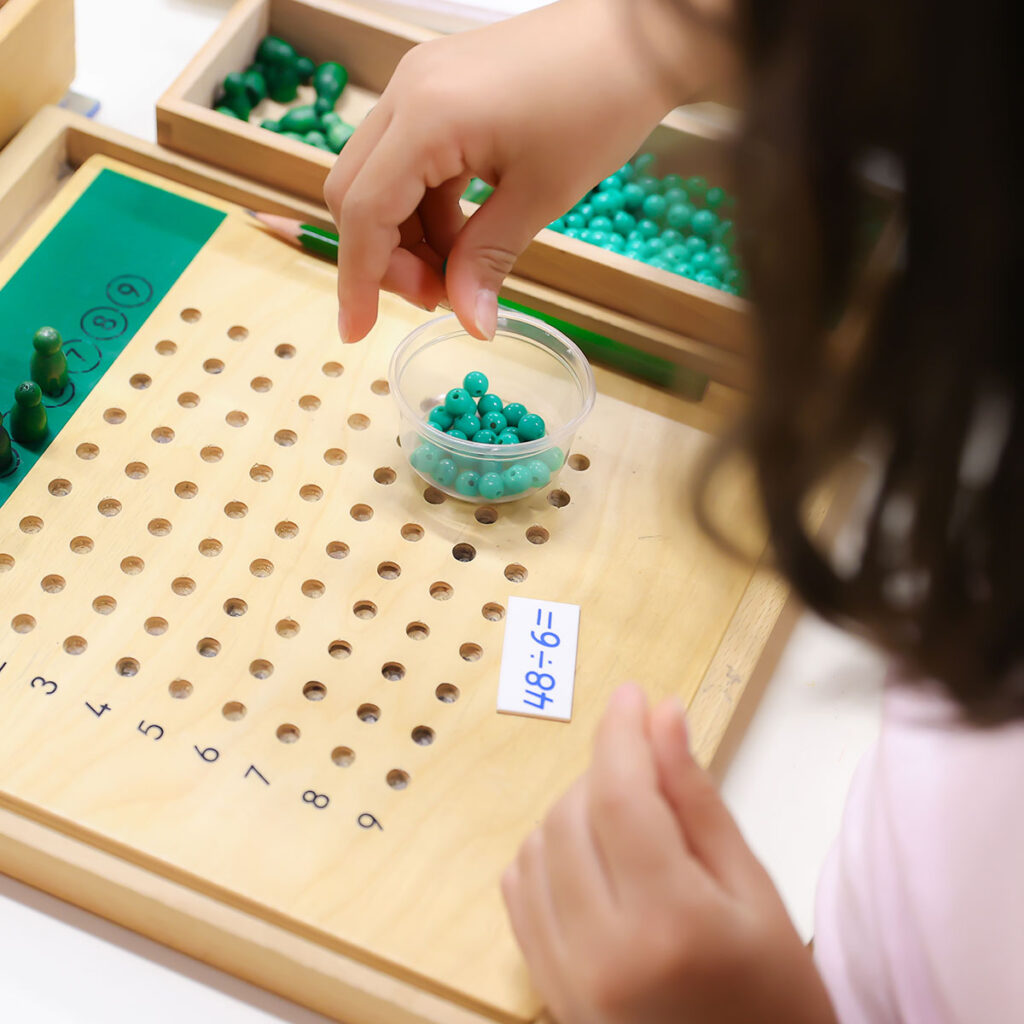
In the mathematics area, children are introduced to materials that encourage their continuous learning in the world of numbers. They are taught quantity, solving problems in addition, subtraction, multiplication, and division, as well as counting to infinitive numbers. These Montessori materials allow the child to understand the purpose of numbers and learn clear reasoning.
Sensorial
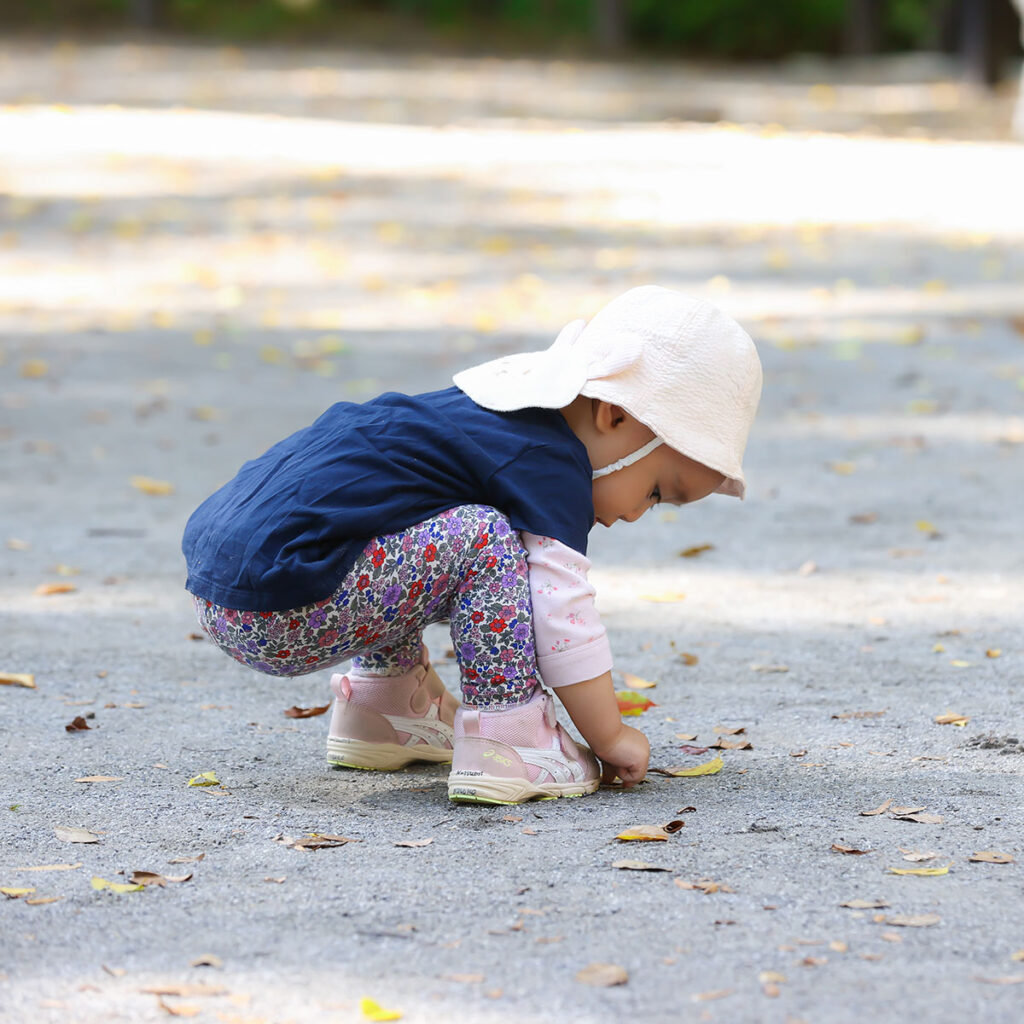
The objective in the Sensorial area is to aid in the development of the child’s five senses. Montessori materials are designed to help isolate a single character of each sense.
Practical life
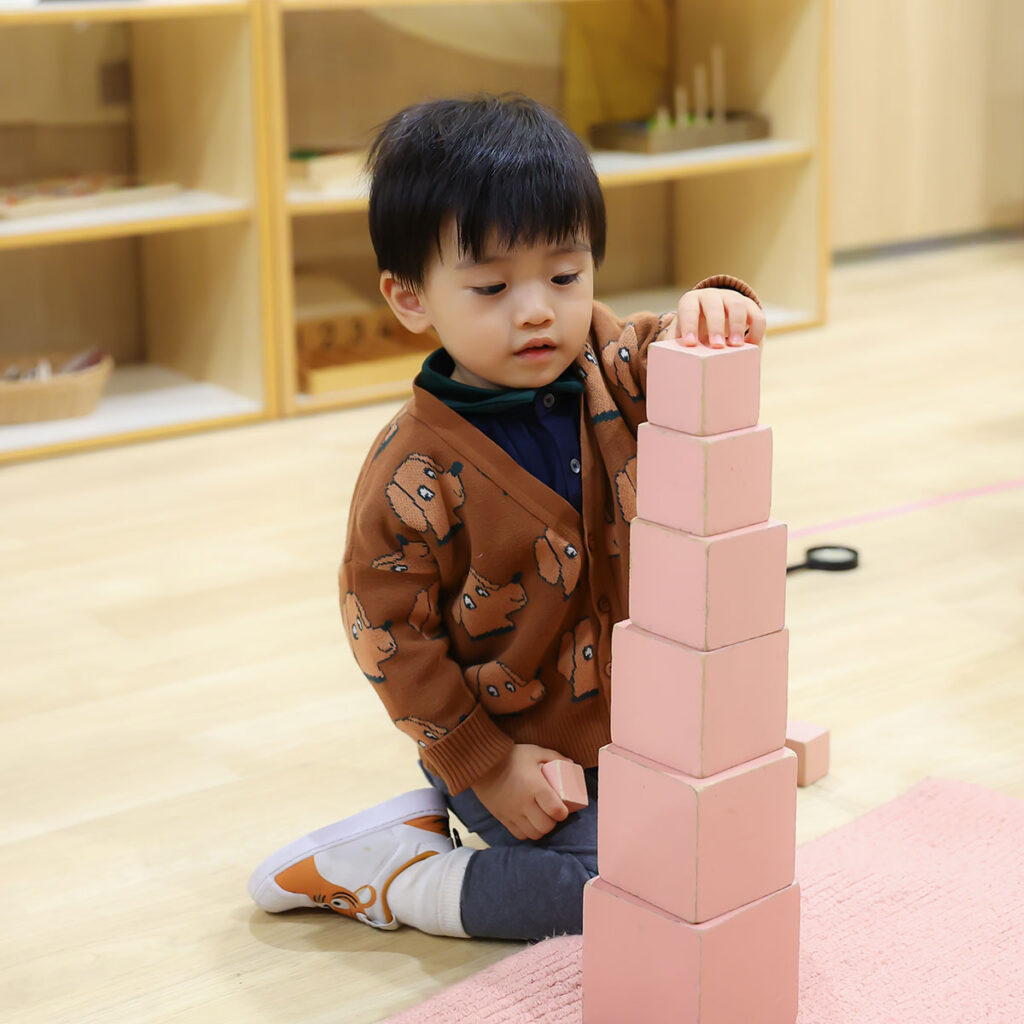
Practical life encompasses a wide range of real-life activities and engage children in real life daily routines. It is divided into four main areas: Preliminary activities and Body Movement; Self Care; Care of Environment; and Grace and Courtesy. These activities help strengthen a child’s fine and gross motor skills and lengthen their concentration span through the repetition of work, focus on detail, and coordination. Eventually leading to greater independence, self-esteem, and confidence in themselves. Practical life activities include sewing, cleaning, sorting, polishing, scooping, transferring, pouring and so forth.
Science and culture
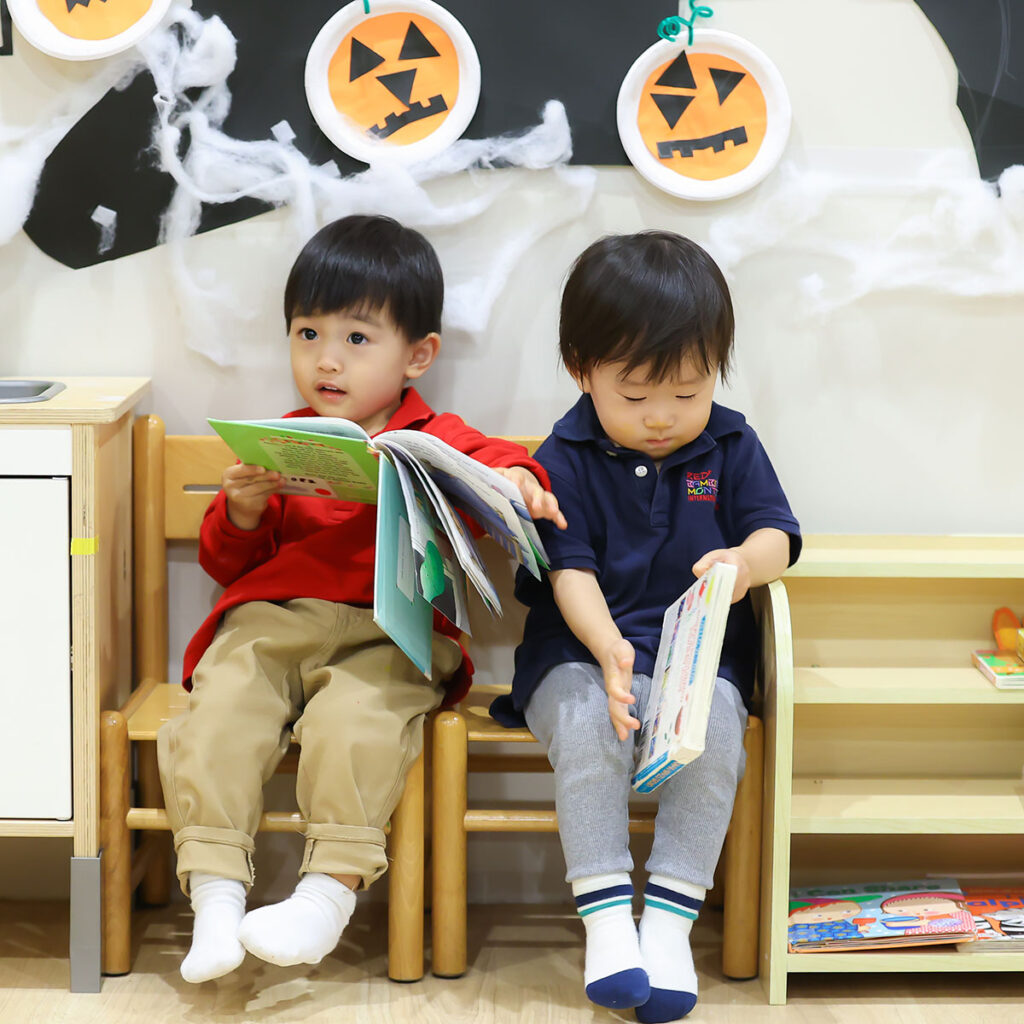
Cultural activities help the child understand where he/she is in the world. The culture area in a Montessori classroom covers a variety of subjects from Geography, Life Sciences, Botany, Zoology, Arts, Music, and History. For example, geography includes learning the physical location of a country on the globe, to that country’s cultural practices. Children learn to care for animals, then learn the physical anatomy and different categories of animals and so forth.
Curriculum at One day
Montessori curriculum:
9:00-11:00am Montessori work time,
11:00am-12:00pm recess/outdoor playtime, 12:00-1:00pm lunchtime,
1:00- 2:30pm nap time or work time/art,
2:30 - 3:00pm snack time,
3:00-6:00pm after-school classes & pick-up time between these hours.
Montessori curriculum (one year): Covering all areas from Mathematics (numbers, addition, subtraction, multiplication, division, fractions, and more!), Language (alphabet, reading, writing, spoken language), Geography, Science, Culture, Practical Life, and Sensorial.
Three Classes
Bumblebee Class
12 months – 2 years old
Children learn through exploration with materials and learn by observing others and doing. With the use of selected Montessori materials and equipment, the children develop their gross and fine motor skills.
*Readiness based on teachers' observation.
Butterfly Class
3 years old – 6 years old
What schools do graduating students go to?
Type of schools attended after graduating: 65% international schools/schools abroad, 35% Japanese private, national, and or public schools.
Examples: Le Rosey, Keio, Ochanomizu, St. Mary’s International School, Seisen International School, Aoyama Gakuin, The British School, Tokyo Gakugei-daigaku Elementary, Seijo Gakuen, Waseda, YIS, Sacred Heart…and many more!
Path after graduation
Doctor, entrepreneur, musician, investment banker, athlete, lawyer, actor, designer, accountant/CPA, dentist, Montessori teacher, professor, and many more!
About Our Teachers
100% of our teachers hold Montessori diplomas.
Number of years on average our teachers stay in Bambini: 7-30 years.
Five-Year Plan
We would like to expand our schools throughout Japan and spread Montessori education to elementary school students.
The schools will be more convenient and cost-effective for parents.
We would like to expand our school buildings not only in Tokyo Tower, but also in areas of central Tokyo where the expatriate population is growing, such as Shibuya, Yokohama, Kamakura, and Chiba. Such expansion would also provide opportunities for Japanese residents in those areas.

